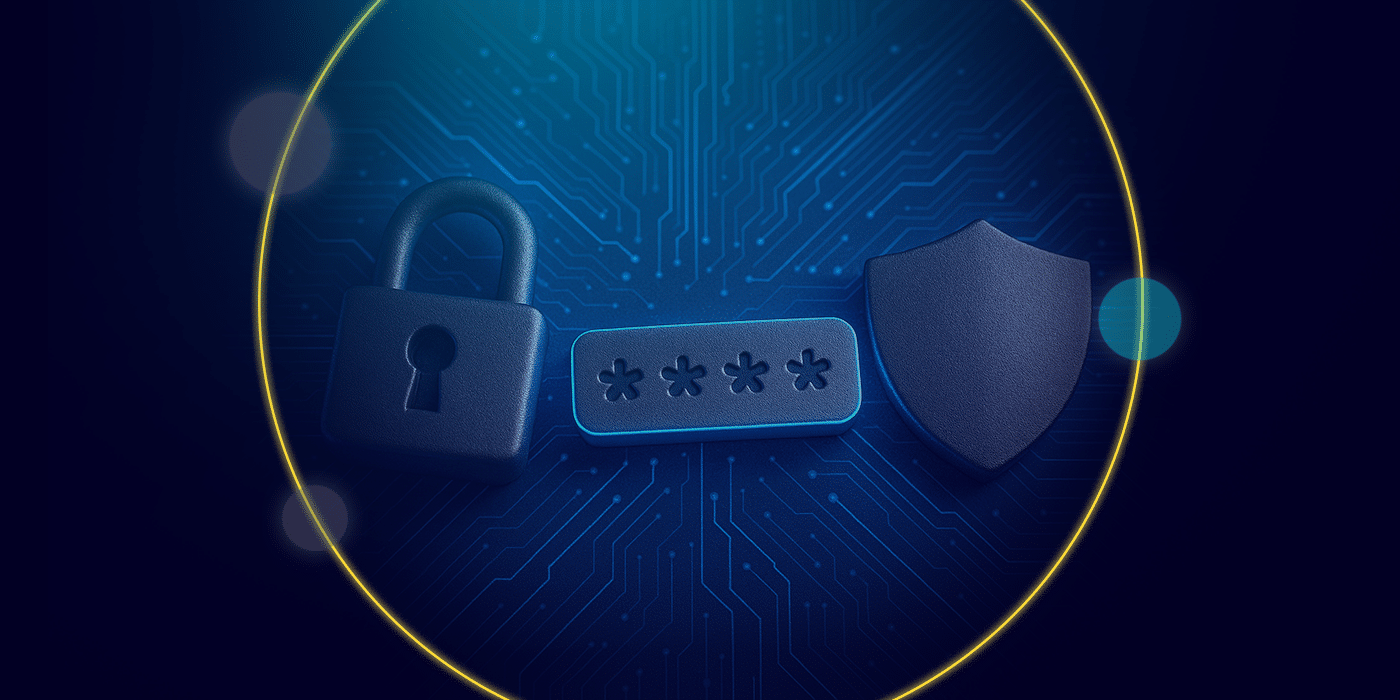Digital onboarding is a transformative process that’s changing how companies welcome and integrate new customers and employees. In this blog post, we’ll learn all about digital onboarding, exploring its principles, benefits, and top tools to help you further advance your business.
What Is Digital Onboarding?
Digital onboarding is the process of integrating individuals into a system or organization using digital tools and technologies. Unlike traditional onboarding methods, which rely heavily on paperwork and manual processes, digital onboarding uses automation to make the entire process more user-friendly.
You heard correctly; we can finally part with tiresome paperwork. Gone are the days when forms were large stacks of paper on a desk waiting to be misplaced. Submitting a form online expedites the validation process to a matter of minutes. Digital onboarding prioritizes efficiency and accuracy, greatly improving customer satisfaction.
How Does it Work?
So, how does digital onboarding work in practice? Let’s break it down step by step:
1. Document Submission:
Users submit their documents electronically, whether it’s identification, proof of address, or any other required documentation.
2. Verification:
Digital tools, such as those provided by us (AU10TIX), automatically verify the authenticity of these documents, ensuring they meet regulatory requirements and organizational standards.
3. Enhanced User Experience:
Digital onboarding provides a painless experience, eliminating the need for tedious paperwork and long wait times.
4. Compliance:
Perhaps most importantly, digital onboarding ensures compliance with regulatory frameworks, reducing the risk of fraud and enhancing security for both the organization and the individual. Consider a scenario where a company needs to verify the age of customers for an online gaming platform. By integrating age verification tools into their digital onboarding process, they can ensure compliance with legal requirements and protect underage users from accessing inappropriate content.
Benefits of Digital Onboarding
Efficiency and Time Savings
Digital onboarding significantly reduces the time and resources required to welcome new customers and employees, allowing organizations to operate more efficiently. For instance, a multinational corporation looking to onboard hundreds of new employees across different time zones can save countless hours by automating the onboarding process with digital tools, ensuring a seamless and consistent experience for everyone involved.
Cost-Effective Operations
By automating manual processes and reducing the reliance on physical infrastructure, digital onboarding helps organizations save costs and allocate resources more effectively. Consider the savings a healthcare provider achieves that switches from paper-based patient intake forms to a digital onboarding platform. Not only do they eliminate the need for printing and storing paper documents, they also improve data accuracy, leading to significant cost savings in the long run.
Global Accessibility and Remote Onboarding
With digital onboarding, geography and time zones aren’t an obstacle. Organizations can onboard individuals from anywhere in the world, opening up new opportunities for global expansion and remote work. Take the example of a tech startup based in Silicon Valley. By embracing digital onboarding tools, they can hire top talent from around the globe without the need for costly relocation expenses or visa sponsorship. This diversifies the team while promoting expansion.
Enhanced Accuracy and Compliance
Digital tools ensure the accuracy and integrity of data, minimizing errors and reducing the risk of compliance breaches. Consider a financial institution implementing biometric verification technology as part of its digital onboarding process. Using unique physical characteristics such as fingerprints or facial recognition for identity verification can virtually eliminate the risk of identity theft and fraud.
Improved Employee Engagement and Retention
A smooth onboarding experience sets the tone for a positive employee journey, leading to higher engagement, satisfaction, and retention rates. For example, imagine a new hire joining a remote team. With digital onboarding tools that provide personalized training modules and virtual mentorship programs, they can quickly integrate into the company and contribute right off the bat.
Top 5 Digital Onboarding Tools
1. Document Verification:
Our document verification solutions offer advanced AI-powered technology to authenticate and accurately validate identity documents.
2. Address Verification:
Verify the authenticity of addresses with precision to ensure compliance with regulatory requirements and minimize the risk of fraud. This can be done by cross-referencing addresses with official databases and verifying the existence of physical locations.
3. Age Verification:
Age verification is a must for industries such as gaming and alcohol sales. Digital tools offer the most accurate and error-free solution. Age verification solutions implemented in the online checkout process, for example, can verify customers’ ages in real time, preventing underage sales without sacrificing user experience.
4. Biometric Verification:
Biometric authentication adds an extra layer of security to the KYC onboarding process. What makes this method incredibly reliable is the use of physical characteristics such as fingerprints or facial recognition that are unique to every individual.
Explore AU10TIX’s biometric verification solutions >
5. Digital ID:
Digital IDs provide a secure and convenient way for individuals to prove their identity online, reducing the reliance on physical documents and enhancing user experience. Take the example of a government agency issuing digital IDs to citizens to access government services online. By providing a digital alternative to traditional forms of identification, such as driver’s licenses or passports, they can improve the accessibility and efficiency of government services. Citizens can securely access services such as tax filing, voting registration, and healthcare appointments from the comfort of their homes, saving time and reducing the need for in-person visits to government offices.
Explore AU10TIX’s Digital ID verification solutions >
Conclusion
Digital onboarding is a big step in the right direction. Applying for a job or seeking potential employees doesn’t have to be a dreaded process. Whether you’re a small business owner, a startup, or even an established enterprise, digital onboarding is a relevant tool. We at AU10TIX offer services such as these and many others. If you’re debating or unsure, reach out to us, and we’ll help you understand what solutions are right for you and your business. Partnering with us is gaining our experience.
Why is digital onboarding important?
Digital onboarding offers numerous benefits, including efficiency, cost savings, and enhanced security.
What is the difference between digital onboarding and traditional onboarding?
Traditional onboarding methods rely on manual processes and paperwork, leading to inefficiencies and delays. Digital onboarding, on the other hand, leverages automation and digital tools to ease the entire process.
What is digital onboarding in banking?
In the banking industry, digital onboarding refers to opening accounts and onboarding customers using digital channels such as mobile apps or online platforms. It offers a convenient and secure way for customers to access banking services without visiting a physical branch.
How can automated KYC empower the digital onboarding process?
Automated KYC (Know Your Customer) processes enhance the digital onboarding process by automating identity verification and compliance checks. This reduces the risk of fraud, improves accuracy, and enhances the overall user experience. For example, imagine a fintech startup launching a peer-to-peer lending platform. By integrating automated KYC solutions into their onboarding process, they can verify the identities of borrowers and lenders, assess their creditworthiness, and mitigate the risk of fraudulent transactions.







